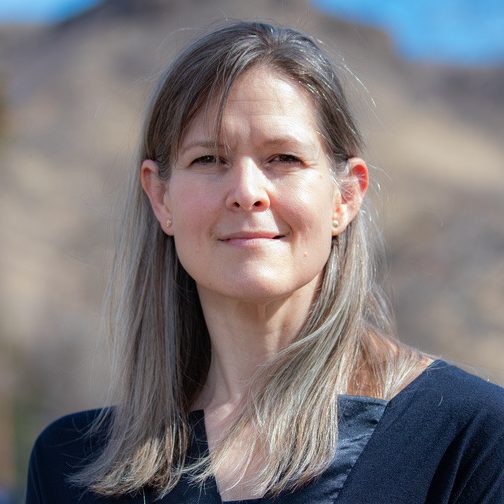The Swedes continue to be connected people. The Internet Foundation shows in its latest surveys (Swedes and Internet 2020) a clear gap between those included and excluded from digitalization. IT development has covered most people for more than a decade, and today 96% of those asked by the Swedish Internet Foundation state that they use the Internet. The increase has been evident in the older part of the population.

During the covid pandemic, home shopping and digital healthcare services have increased significantly. Surveys at the beginning of the pandemic and during the third quarter of 2020 show that most new Internet users are people aged 76 and older and that this group has expanded its use of the Internet to include more e-services.
Today, 73% of Swedes who are 76 years and older state that they use the Internet every day. However, the gap between those who use the Internet and those completely outside digitalization is noticeable (Digitalt utanförskap 2020 Q1). Depending on how you count, one-fifth are today completely outside the digital society.
In 2021, Digital Futures will make a special effort to understand better how digitalization has affected the elderly and increased Internet use in the study Digital Futures for Later Life. Responsible for the study is Britt Östlund, Professor in Technology in Health Care at KTH Royal Institute of Technology, and Associate Director for Societal Engagement at Digital Futures.
Twenty people between the ages of 60-91 take part in systematically mapping problems and opportunities, explains Britt Östlund. There is a significant risk of reinforcing prevailing prejudices that older people cannot adopt new technology. There is also a notion that when the very oldest are gone, this problem is solved. But the development has hardly come to an end. We are rather at the beginning of a digital transformation that will affect all parts of society, and the question is how we can better involve citizens in development.
The results so far from Digital Futures’ study show that the problems are mainly about the new digital applications’ lack of support and information. The participants believe that digitalization could be more widespread if solutions and systems were better adapted. Many of them have friends who belong to those who are excluded. The question is to what extent you can completely exclude citizens who do not have the opportunity to absorb digitalization. The results in their entirety will be presented this autumn at the Digitalize in Stockholm 2021 conference and Digital@Idag 2021.
For questions regarding the initiative Digital Futures for Later Life, please contact Britt Östlund: brittost@kth.se





